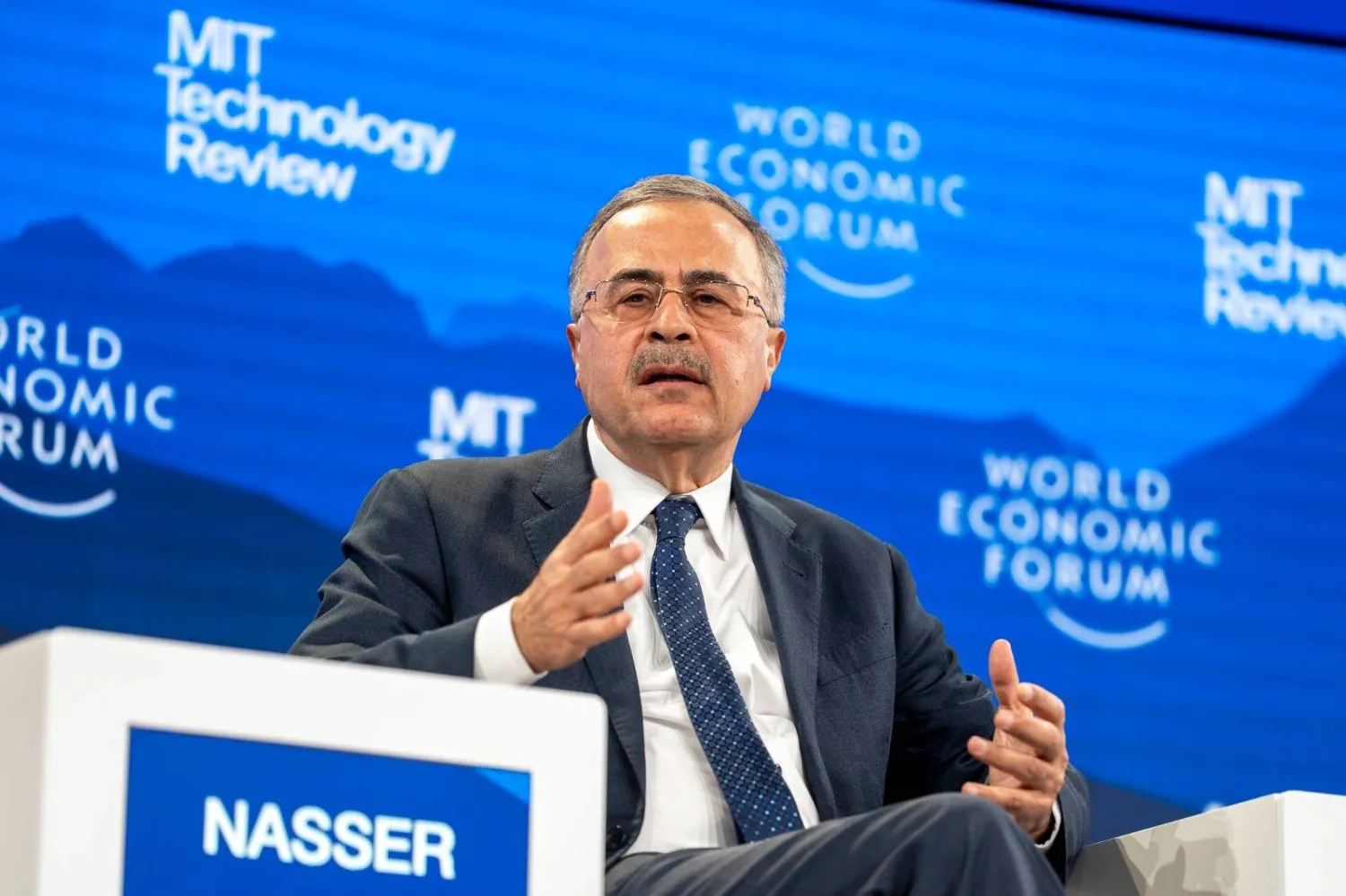The World Bank has lowered its growth forecast in the Middle East and North Africa (MENA) to 2.2% this year from 2.4% in its June forecast because of uncertainties heightened by the conflict in the region.
In its latest semi-annual MENA Economic Update, entitled Growth in the Middle East and North Africa, the Bank said that growth in the Gulf Cooperation Council (GCC) countries is forecast to rise to 1.9% in 2024 from 0.5% in 2023.
Growth in the MENA region reached 1.8% in 2023.
For GCC economies, the current account surplus is projected to decrease from 8.1% of GDP in 2023 to 6.6% 2024.
Although all GCC countries have consistently maintained current account surpluses in both years, the report said most are expected to have a decline in 2024.
In Saudi Arabia, the report also projects the economy to grow by 1.6% in 2024 and 4.9% in 2025.
In Qatar, the economy is expected to grow by 2% in 2024 and 2.7% in 2025 while in the UAE, it will grow by 3.3% in 2024 and 4.1% in 2025 and in Bahrain, 3.5% in 2024 and 3.3% in 2025.
Fiscal surpluses among GCC countries are expected to narrow, reaching 0.2% of GDP in 2024, down from 0.5% in 2023, and 6.3% in 2022.
Also, growth is expected to decelerate in the whole of developing MENA, the Bank report noted.
In developing oil importers, it will decelerate from 3.2% in 2023 to 2.1% in 2024, as the repercussions of the ongoing conflict spill over directly onto some countries and exacerbate pre-existing vulnerabilities in others.
Real GDP growth in developing oil exporters will decline from 3.2% in 2023 to 2.7% in 2024.
Effects of Ongoing Conflict
The report said the ongoing conflict in the Middle East has already inflicted a heavy human and economic toll.
The Palestinian territories are nearing economic collapse, with their largest economic contraction on record.
Gaza’s economy shrank by 86% in the first half of 2024 and the West Bank is facing an unprecedented fiscal and private sector crisis.
In conflict-affected Lebanon, the outlook remains highly uncertain and will be shaped by the trajectory of the conflict.
Meanwhile, other neighboring countries like Jordan and Egypt have been affected by declines in tourism receipts and fiscal revenues.
“Peace and stability are the foundation of sustainable development,” said Ousmane Dione, World Bank Vice President for the Middle East and North Africa.
“The World Bank Group is committed to remaining engaged in the conflict-affected areas of the Middle East and North Africa, and to building a future worthy of all people of the region,” he added.
Opportunities of Accelerating Inclusive Growth
The report also looks at key windows of opportunity where countries can rapidly advance inclusive growth by accelerating reforms.
This includes rebalancing the footprint of the public and the private sectors, better allocating talent in the labor market, closing the gender gap, and promoting innovation.
Despite the significant gains in levels of education over the last 50 years, the rate of female labor force participation in the Middle East and North Africa stands at 19 percent – the lowest in the world.
Closing gender employment gaps would result in a remarkable 51 percent increase in per capita income in the typical MENA country. For economies to thrive, women must be included, the report said.
Roberta Gatti, World Bank Chief Economist for the Middle East and North Africa said: “Transforming the role of the state would lead to substantial gains in productivity.”
“For example, the region has the largest share of public sector employees in the world, particularly women. But unfortunately, in MENA, a larger public sector does not necessarily correspond to better public goods and services. Mobilizing talent toward the private sector would improve the allocation of resources, with aggregate productivity gains up to 45%,” she added.
The report said that tapping into the frontier of global knowledge and technology will also boost growth in MENA.
More international trade, leveraging the region’s strategic geographic location, can facilitate this process of infusion and innovation.
Also, improving data quality and transparency – which are lagging behind by international standards – is another key lever to facilitate the diffusion of ideas.









